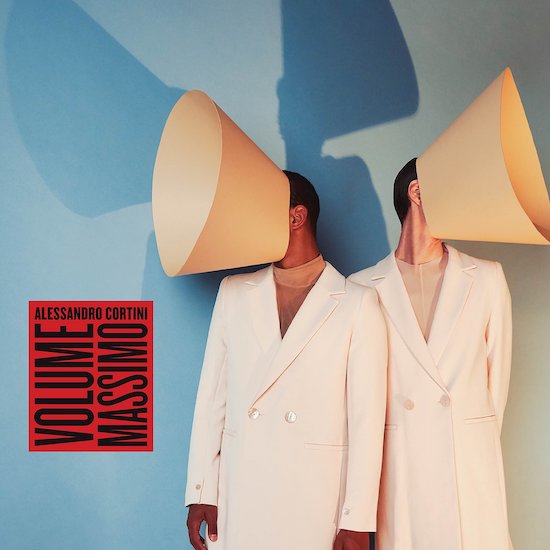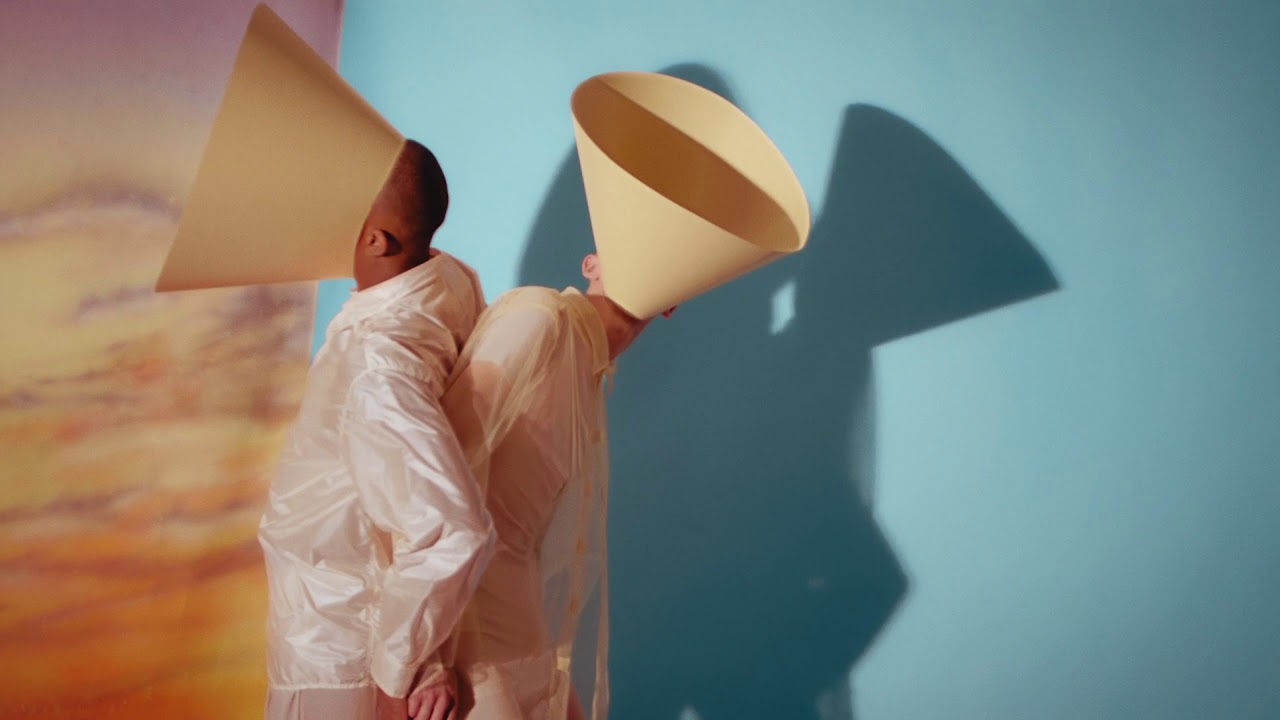Over the past several years, it’s been interesting to observe how the music of Italian synth bender Alessandro Cortini has unfolded. His earliest works, such as his Forse trilogy and 2014’s Sonno, were the hallmark of protean minimalism, being made either with a Roland MC 202 through a delay pedal, or a Buchla Music Easel. Complete with heaving drones and primordial tape hiss, these albums offered elemental sounds aligned with the most basic of forms. Despite the distended size of the drones on these albums, there was not what you’d call a direct presence at hand. With barely a sense of structure, all sense of form disintegrating into a wholly immanent plane of duration, it was like being submerged in the sentient ocean of Solaris, a never-ending gloop of absence. And it felt wonderful.
But over his last couple of albums, Cortini has been slowly elaborating the landscape of his music, first by adding layers of movement through the introduction of a TB 303 bass synth and TR 606 drum machine on 2015’s Risveglio. Then with 2017’s Avanti, Cortini folded in snippets of audio from his family’s Super-8 films, the soundscape studded with a patina of wistful emotions and reflective thoughts. Cortini’s music was growing, gaining a form of child-like sentience.
It is from the endpoint of Avanti that Cortini’s latest release Volume Massimo takes it’s cue, leaping off into a journey through a form of inner space. And while there are several, ever present, Cortini motifs here, such as the tape hiss and pitch-shifting sounds, Volume Massimo is definitely a much deeper, denser record than Cortini has released before, full of expanding structures that seem to reach outwards into their surroundings. There is the expansion of texture in the production though experimentation with the Buchla synth, which takes centre stage in this album, as well as the addition of guitars. There is also the introduction of – if not quite banging – then direct beats, a creeping, narcoleptic sense of rhythm passing though various forms of modulation where sounds pool together to create a washed-out feeling of movement, such as on ‘Sabbia’, which achieves the sort of funeral pacing that you would expect from the likes of HTRK in full pomp.
As the album title implies – confirmed in various release materials by Cortini himself – Volume Massimo should be played loud. And while that is often a clichéd direction, in this case it’s very much needed since this allows the music to unfurl through your speakers, opening up small portals of depth and space. And when played loud, there is indeed a lot of density in the sound, carrying on the monolithic aspects of earlier albums with an increased level of granular force. On the likes of ‘Let Go’, ‘La Storia’, and ‘Batticuore’, modular brushes scrape and hiss like synthetic jets of steam against metronomic clock beats, throbbing organs, and lush guitar lines. On ‘Momenti’, meanwhile, the bass synths pound with a crackling hiss to the thuds of molten kick, while flute-like melodies quiver in the background as everything eventually disintegrates, leaving behind the corroded twang of a detuned guitar whose notes dissipate into a low-end grumble.
What Volume Massimo expands upon, with regards to Cortini’s previous albums, is the detail towards melody, and the creation of what could be called a barebones, melancholic style of pop. In certain regards Volume Massimo shares a lot of its DNA with Cortini’s other side project SONOIO, which is unashamedly synth pop in its outlook, creating a hybrid of melodramatic pop angst vocals with fuzzy synths and reverb drenched guitars. But Cortini on Volume Massimo cuts a more foreboding tone, most evident on ‘Batticuore’ with it’s heartbeat kick and creeping synth lines drenched in reverb, bearing all the profundo rosso hallmarks of 80s synth nostalgia horror prevalent in contemporary TV and cinema, from Stranger Things and It Follows, to Mandy and Summer of ’84. Like a young monster venturing out into the world on its own, Volume Massimo, despite its pretences towards a pop sensibility, is still a beast at its core, but it’s an album that showcases just how much Cortini‘s aesthetic has developed since his early days.



